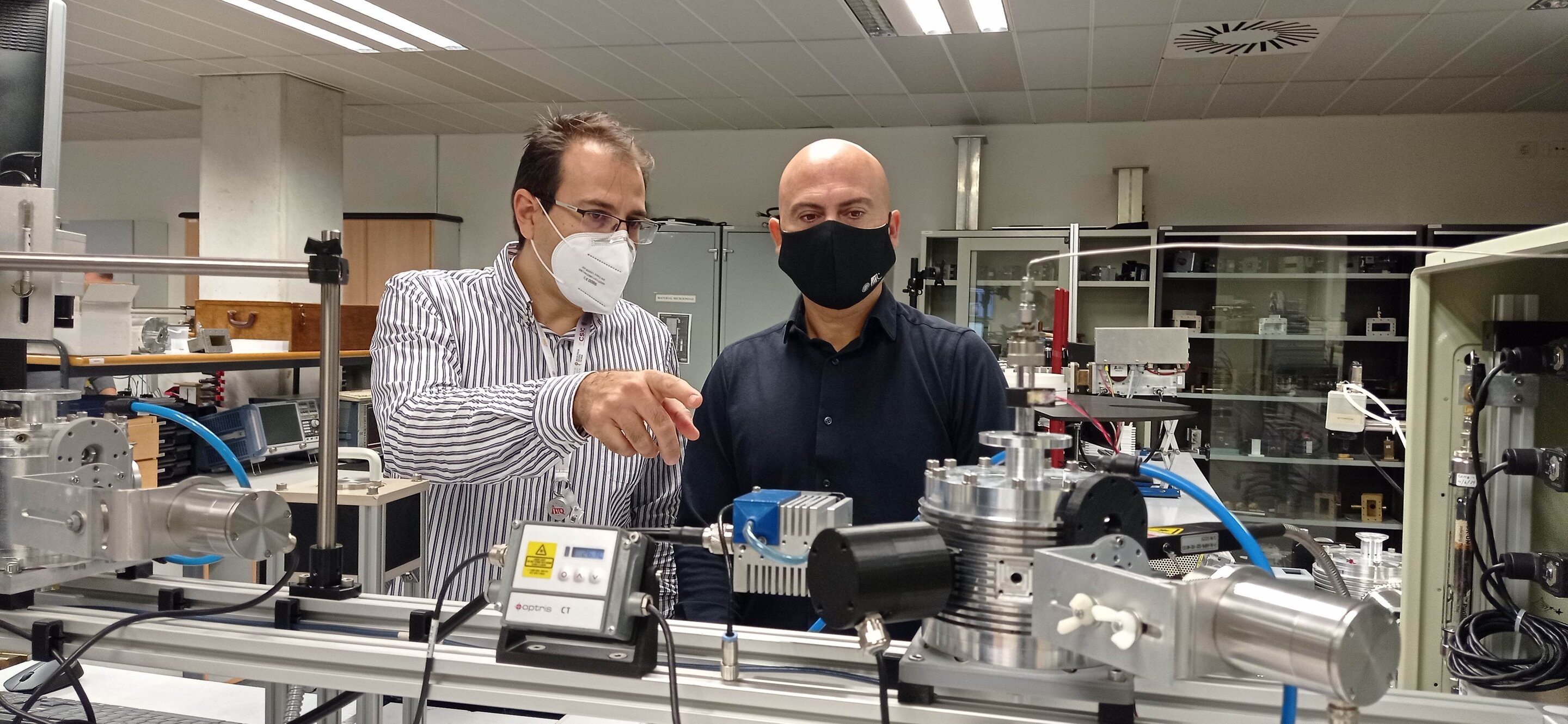#Faster LEDs for wireless communications from invisible light
“#Faster LEDs for wireless communications from invisible light”

Researchers have solved a major problem for optical wireless communications—the process by which light carries information between cell phones and other devices. Light-emitting diodes (LEDs) pulse their light in a coded message that recipient devices can understand.
Now, a team of researchers based in Japan has married the two options into the ideal combination of long lasting and fast LEDs. They published their results on July 22 in Applied Physics Letters.
“A key technology for faster modulation is to decrease the device size.” says Kazunobu Kojima, Associate Professor, Institute of Multidisciplinary Research for Advanced Materials. “However, this tactic creates a dilemma: although smaller LEDs can be modulated faster, they have lower power.”
Another issue is that both visible and infrared optical wireless communications can have significant solar interference, according to Kojima. To avoid confusion with visible and infrared solar light, the researchers aimed to improve LEDs that specifically communicate via deep ultraviolet light, which can be detected without solar interference.
“Deep ultraviolet LEDs are currently mass produced in factories for applications related to COVID-19,” Kojima said, noting that deep ultraviolet light is used for sterilization processes as well as in solar-blind optical wireless communications. “So, they’re cheap and practical to use.”

The researchers fabricated the deep ultraviolet LEDs on sapphire templates, which are considered an inexpensive substrate, and measured their transmission speed. They found that the deep ultraviolet LEDs were smaller and much quicker in their communications than traditional LEDs at that speed.
Researchers aimed to improve LEDs that specifically communicate via deep ultraviolet light, which isn’t visible to the human eye.
“The mechanism underlying this speed is in how a lot of tiny LEDs self-organize in a single deep ultraviolet LED,” Kojima said. “The tiny LED ensemble helps with both power and speed.”
The researchers want to use the deep ultraviolet LEDs in 5G wireless networks. Many technologies are currently under testing to contribute 5G, and Li-Fi, or light fidelity, is one of the candidate technologies.
“Li-Fi’s critical weakness is its solar dependency,” Kojima said. “Our deep ultraviolet LED-based optical wireless technology can compensate for this problem and contribute to society, I hope.”
More information:
K. Kojima et al. Self-organized micro-light-emitting diode structure for high-speed solar-blind optical wireless communications, Applied Physics Letters (2020). DOI: 10.1063/5.0013112
Faster LEDs for wireless communications from invisible light (2020, July 30)
retrieved 30 July 2020
from https://phys.org/news/2020-07-faster-wireless-invisible.html
This document is subject to copyright. Apart from any fair dealing for the purpose of private study or research, no
part may be reproduced without the written permission. The content is provided for information purposes only.
If you want to read more Like this articles, you can visit our Science category.
if you want to watch Movies or Tv Shows go to Dizi.BuradaBiliyorum.Com for forums sites go to Forum.BuradaBiliyorum.Com



